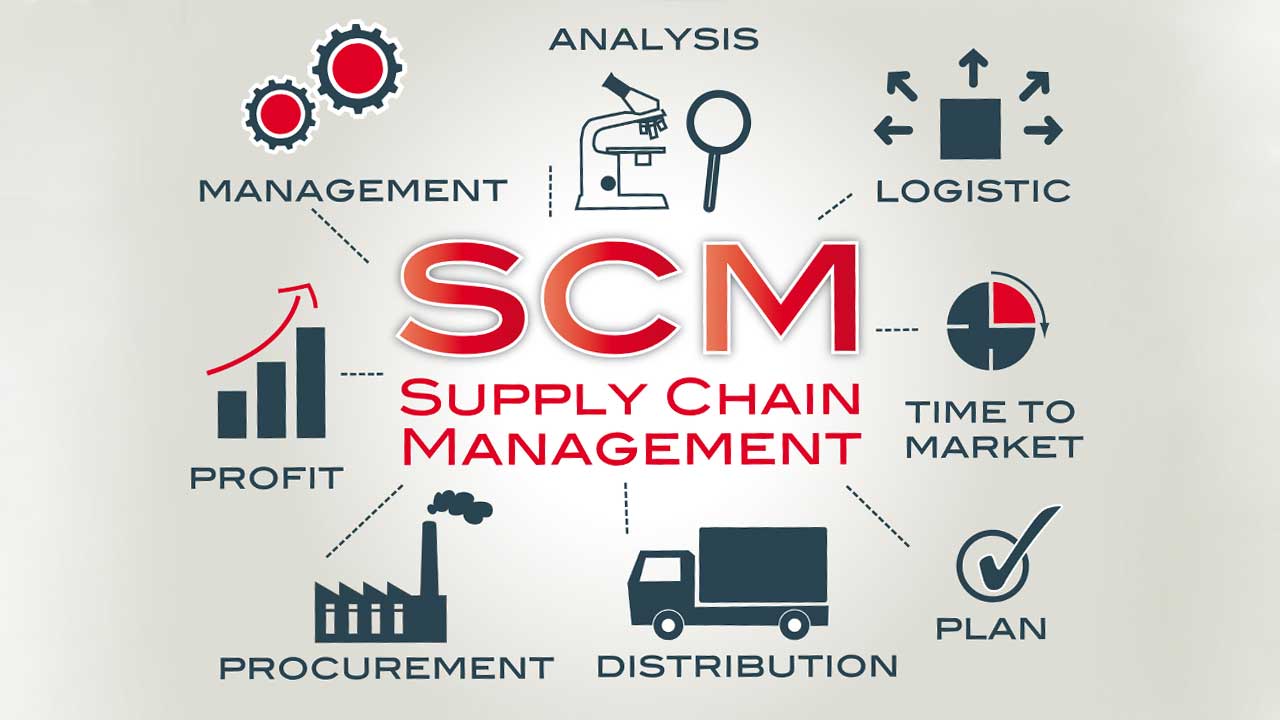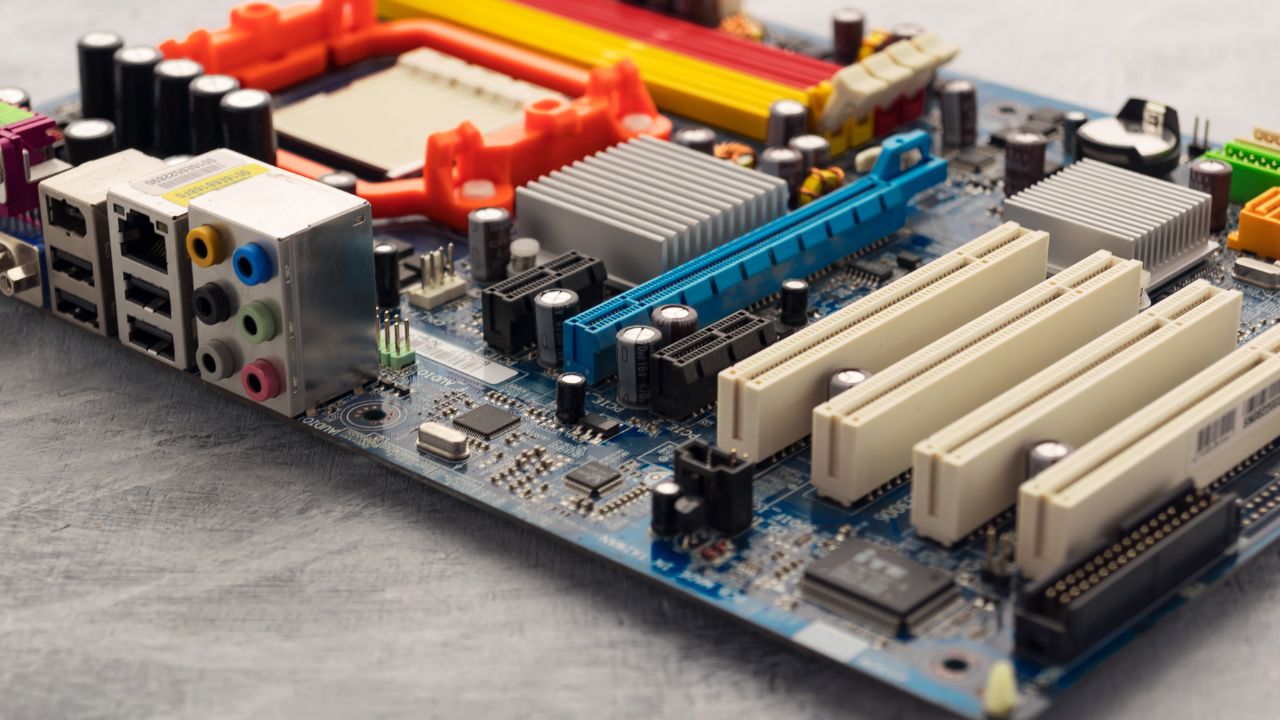The Gulf region is swapping oil rigs for solar panels and toxic chemicals for sustainable alternatives. It’s not just a change – it’s a full-scale green industrial revolution. The GCC Circular Economy and Recycling Initiative is targeting 95% waste recycling, which could pump US$31.99 billion into the GDP, completely reshaping regional industry.
For decades, the Gulf built its wealth on hydrocarbons, creating environmental problems we’re still grappling with today. Take PFAS-based firefighting foams – these ‘forever chemicals’ linger in soil and water long after use, posing serious risks to ecosystems and human health. This legacy of environmental damage has finally tipped the scales toward greener solutions. Behind this bold transformation lies a history fraught with challenges that today’s innovations are beginning to overcome.
What we’re seeing isn’t piecemeal change but a coordinated transformation. Technological innovation, circular economy principles, policy reforms, and energy diversification are all converging to create something unprecedented in the region’s history – an industrial sector that values sustainability as much as profitability.
Historical Legacy and Transformation
The Gulf’s industrial history is littered with PFAS-based firefighting foams that worked brilliantly for putting out fires but left a toxic legacy that won’t disappear for centuries. These ‘forever chemicals’ earned their nickname honestly – they simply refuse to break down in the environment.
The financial impact is staggering. Global cleanup costs run into billions, as contaminated soil and water require extensive remediation. PFAS compounds stubbornly resist natural degradation, building up in wildlife and potentially affecting humans through contaminated water supplies. What seemed like a good solution decades ago has turned into an environmental and economic nightmare.
Regulators have finally seen enough. The U.S. Department of Defense and UAE’s Civil Defence are actively phasing out AFFF foams as evidence of their harm becomes impossible to ignore. With cleanup costs spiralling upward, the practical case for change has become as compelling as the environmental one. The urgent need for safer alternatives isn’t just about protecting nature – it’s about protecting balance sheets too. With these hard-learned lessons in mind, new technological approaches are emerging to merge safety with sustainability.
Advancing Sustainable Safety
Replacing PFAS-based foams with eco-friendly alternatives isn’t as simple as swapping one liquid for another. It’s a complex chemistry challenge that requires maintaining powerful firefighting capabilities while eliminating harmful compounds.
Frontline Innovations tackles this problem with FireBull, its fluorine-free firefighting foam. The solution provides rapid fire suppression and strong burnback resistance while remaining compatible with existing systems. FireBull became the first fluorine-free firefighting foam certified by the Emirates Safety Laboratory (Certificate #001) and has also secured Underwriters Laboratories certification. It works at a concentrate level of just 0.25%, demonstrating that environmental responsibility can coexist with effectiveness. As these innovative solutions take shape, they ripple out to reshape wider industrial practices.
This innovation isn’t isolated to fire safety. Similar transformations are occurring throughout Gulf industries, creating an interconnected network of sustainable solutions. As these technologies develop, they’re becoming essential elements in circular economy approaches where waste materials transform into valuable resources.

Circular Economy in Action
Circular economy principles aren’t just nice-to-have sustainability badges – they’re becoming essential business strategies across the Gulf.
Who knew grease trap waste could be so exciting? Alserkal Group’s Envirol LLC plant in Ajman certainly makes a compelling case. Working with the Municipality and Planning Department – Ajman, they’ve created a facility that processes up to 10,000 gallons of gunk daily – roughly what you’d get if you collected all the oil from every fast-food joint in a small city. Beyond the impressive numbers, this plant prevents drainage nightmares and environmental contamination.
The plant tackles Ajman’s waste management headaches head-on, significantly reducing system blockages and pollution risks. Such initiatives show how circular practices deliver both green credentials and financial benefits. With regulatory support growing, these projects align with government sustainability goals while solving real-world problems. It’s the industrial equivalent of having your cake and eating it too – except in this case, you’re also recycling the plate. Even as circular practices deliver real-world benefits, new regulatory frameworks are quietly guiding these shifts forward.
Policy Reforms Driving Change
Government policies are the invisible hand pushing Gulf industries toward sustainability. The UAE’s mandate requiring ESG reporting for listed companies isn’t just paperwork – it’s forcing boardroom conversations about environmental impact that simply wouldn’t happen otherwise.
Chemical engineering professor Jorge Gascon explains Saudi Arabia’s approach: “Saudi Arabia has embedded the CCE framework into its national policies, notably through the Saudi Green Initiative. The SGI aims to achieve net-zero emissions by 2060 through implementing CCE principles and accelerating the transition to a green economy through emissions reduction, afforestation, and protection of land and sea.” Who would have thought that the world’s largest oil producer would be leading discussions on circular carbon economies? It’s like a tobacco farmer advocating for lung health – unexpected but potentially transformative.
These regulatory measures aren’t operating in isolation. They work alongside technological innovations and circular economy projects, creating a three-legged stool supporting energy diversification and broader economic reforms. Policy changes may seem dry on paper, but they’re the rocket fuel propelling the Gulf’s green industrial revolution forward. With policies aligning with sustainable practices, industries are now also rethinking their energy mix.
Energy Diversification and Clean Technology
The Gulf is finally breaking its oil addiction. After decades of petroleum dominance, the region’s energy landscape is shifting. ENOC has joined this transition through several green hydrogen projects and partnerships that support the Dubai Green Mobility Strategy 2030.
Their diversification efforts cut across multiple sectors. They’re putting money into renewables while building alliances with government entities. At the same time, they’re advancing green hydrogen tech and creating conditions for sustainable growth in adjacent industries.
This isn’t just environmental window-dressing. ENOC’s involvement shows they’re positioning themselves for a future where clean technology becomes standard practice. They’ve recognised that diversifying energy sources isn’t merely good for the planet – it’s crucial for business survival.
Look at the numbers. The Middle East Clean Energy Investment Ambition plans to funnel US$1 trillion into clean energy over the next decade. That’s staggering. It could build 40 Burj Khalifas or purchase 5 million Tesla Model S cars. This investment should create 300,000 new jobs by 2030 and add US$100 billion to the regional economy.
The benefits are threefold: environmental improvements, economic advantages, and compliance with tightening international regulations. The region has figured out what many others haven’t – going green isn’t just ethical posturing, it’s smart business. Yet, even as innovative clean technology gains momentum, the journey is far from smooth – industries still face structural challenges.
Navigating Challenges and Complexity
The road to sustainability isn’t all solar panels and recycling bins. Industries face real headaches: systems that don’t talk to each other, workers who need new skills, and decades-old processes that resist change. You can’t transform generations of industrial practice overnight.
What’s making the difference is the combined power of multiple approaches. Frontline Innovations’ shift to fluorine-free foam, Alserkal Group’s waste management facilities, and ENOC’s clean energy ventures show that tackling these challenges requires a full-spectrum strategy.
The tension between short-term pain and long-term gain is real. Yes, adapting infrastructure is expensive. Yes, developing new workforce skills takes time. But the payoffs – environmental resilience and economic stability – make these growing pains worthwhile. Innovation and adaptation aren’t just buzzwords here – they’re survival skills for industries navigating this complex transition. Considering these hurdles alongside the breakthroughs, it’s clear that the road to a sustainable future demands both bold change and careful adaptation.
Reflections on a Sustainable Future
The Gulf’s green industrial revolution isn’t happening in isolated pockets. It’s a coordinated transformation that combines tech breakthroughs, circular economy principles, and forward-looking policies. These elements are creating an industrial landscape that’s both more sustainable and more resilient.
Sustainable practices are taking root across a region historically defined by fossil fuels. What seemed unthinkable just ten years ago is now becoming standard, with each innovation catalysing the next.
The path ahead isn’t without challenges. But the direction is unmistakable. Through innovation, regulatory foresight, and strategic investments, the Gulf is crafting a new chapter in its industrial narrative. What started as a response to environmental pressures has grown into a complete reimagining of regional industry – showing that even the most hydrocarbon-dependent economies can shift toward sustainability when necessity, opportunity, and vision come together.








